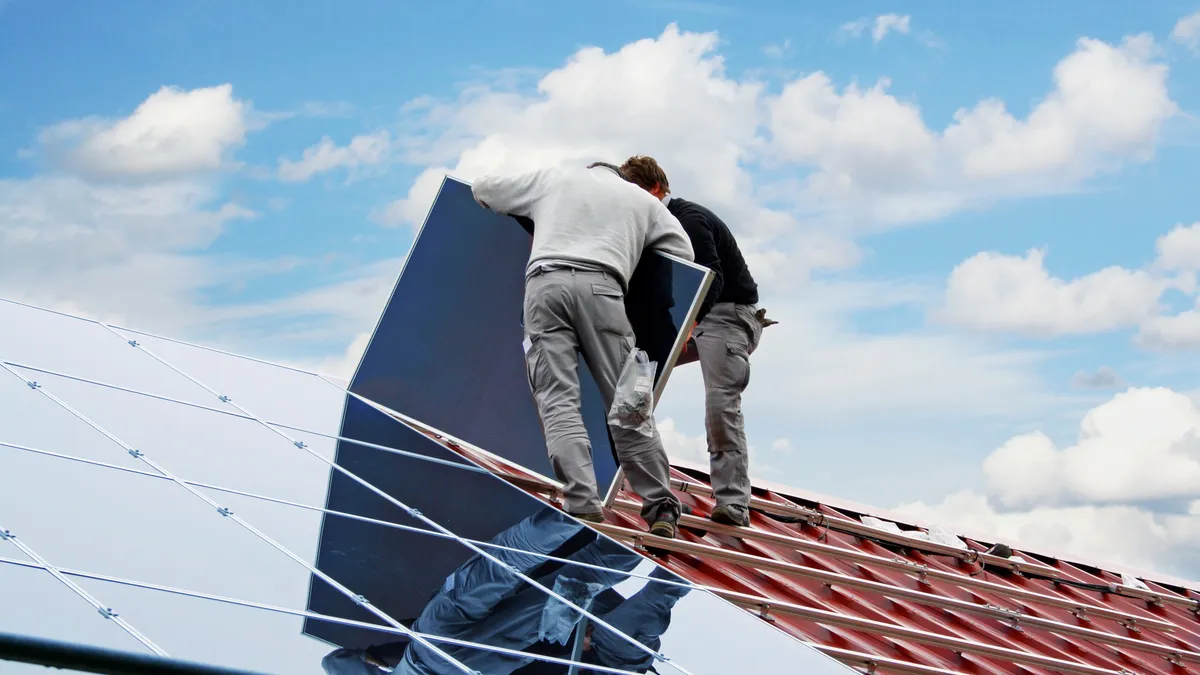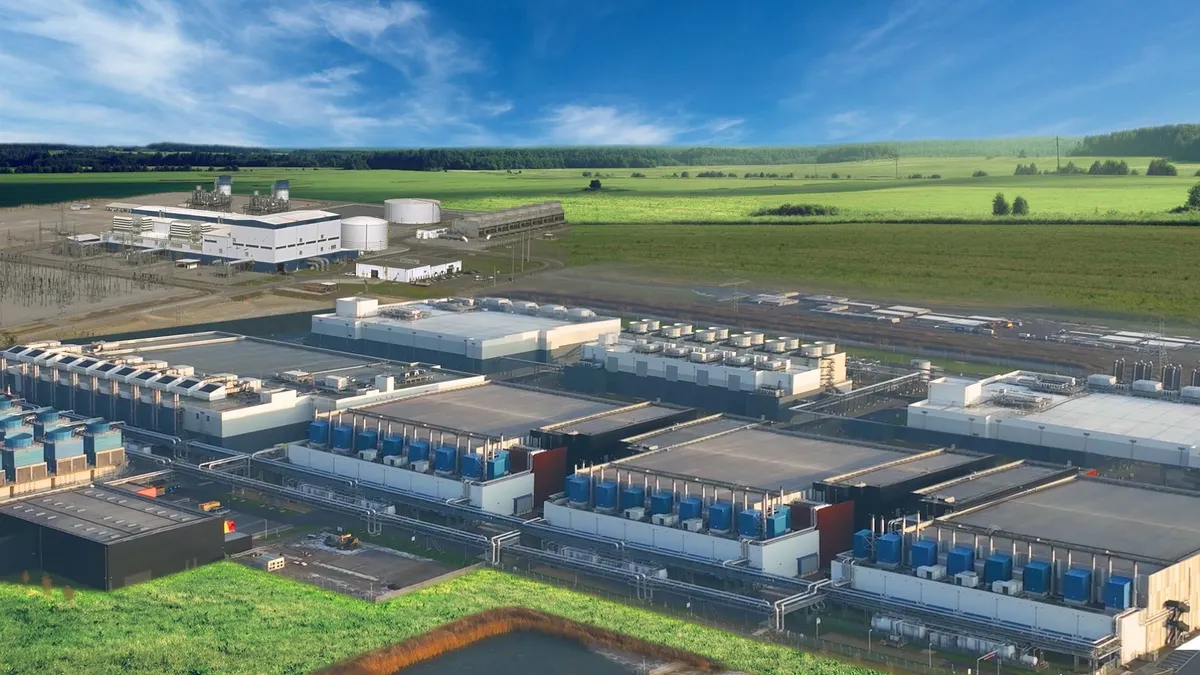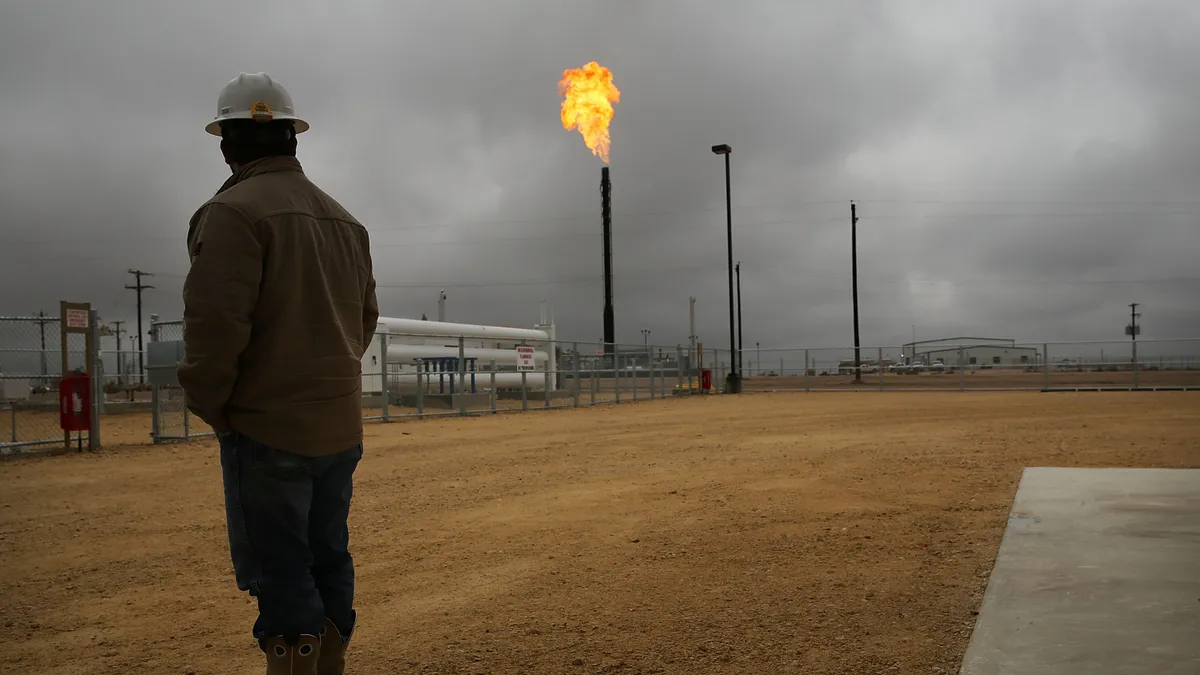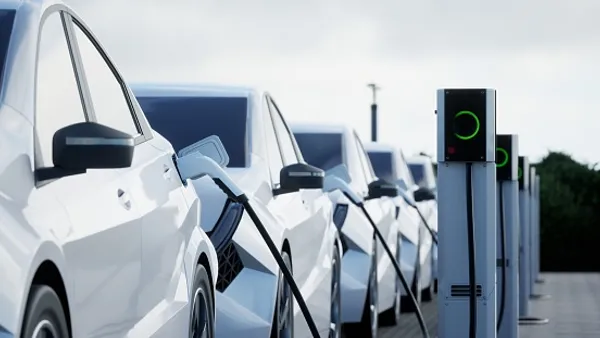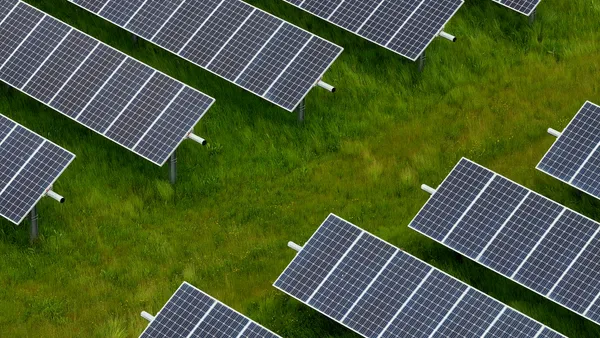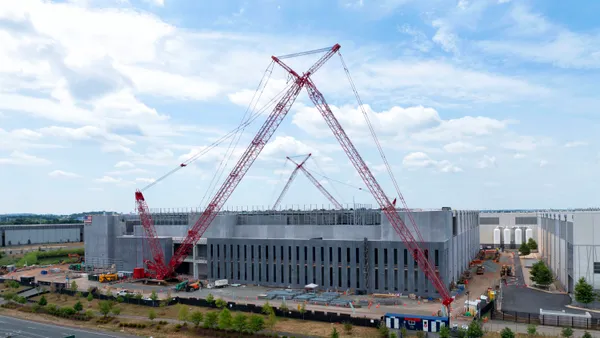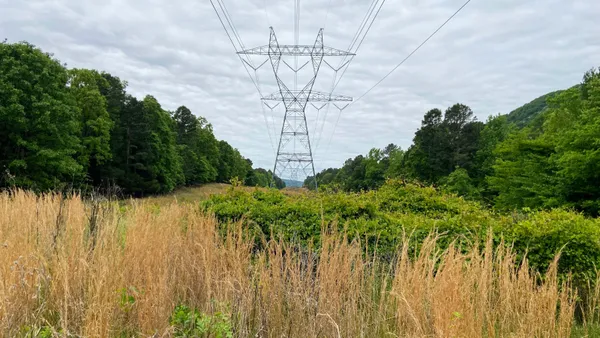Dive Brief:
- California has approved an update to its distributed resource interconnection rules, giving developers more certainty when it comes to the cost of bringing projects online while pushing utilities to develop standardized cost lists for some upgrades.
- Last week the California Public Utilities Commission finalized changes to Electric Tariff Rule 21, which the state passed in 2000 to govern the interconnection of distributed resources.
- Under new rules, developers of distributed projects will see their responsibility for interconnection upgrades capped at 125% of the utility's estimated cost, helping to add certainty to a project's bottom line and potentially putting ratepayers on the hook for the development.
Dive Insight:
Bringing distributed resources online has long been a challenge, in part because the interconnection process is not standardized and utility costs that exceed initial estimates for upgraded facilities were passed back to the developer. But California is continuing to modernize its grid and grid management procedures, and new rules finalized last week will help give developers a better idea of the final cost to bring resources to the distribution system.
Under the new rules, utilities would provide DER developers with a cost estimate to connect new resources, with the developers' responsibility capped at 125% of that estimate. In addition, utilities will be required to publish cost guidelines to show standard prices for typical interconnection upgrades, in order to give customers better ability to predict costs associated with a project.
Greentech Media points out that the modified rule will require utilities to provide a "Unit Cost Guide" that gives developers the ability to plan installations in places without requiring upgrades to substations or distribution lines.
"By enabling developers to get this information, they can take advantage of areas on the grid where there is capacity," Sky Stanfield, the attorney who represented the Interstate Renewable Energy Council in the regulatory proceedings, told Greentech Media. "That lowers costs for everybody, and it also makes the utility’s job easier."
Regulators said the change does not violate the PURPA because it allows the utility to recover costs that exceed the 125% cost estimate that would be presumed reasonable.
"Specifically, the utility could seek to show in its next General Rate Case or in a standalone application that the cost overruns themselves were reasonable, and if the Commission finds that those costs were reasonably incurred then the utility may recover costs exceeding the 125% envelope from ratepayers," according to the updated rule. "If the utility either decides not to seek compensation for excess costs or the Commission fails to find such costs to be reasonable, then such overages will accrue to the utility’s shareholders. "
IREC issued a statement saying the decision "further clears the path for interconnection customers and sets new next-generation best practices in place in the country’s largest clean energy market."
Correction: An earlier version of this article misidentified the Interstate Renewable Energy Council as the Interstate Renewable Energy Coalition.



